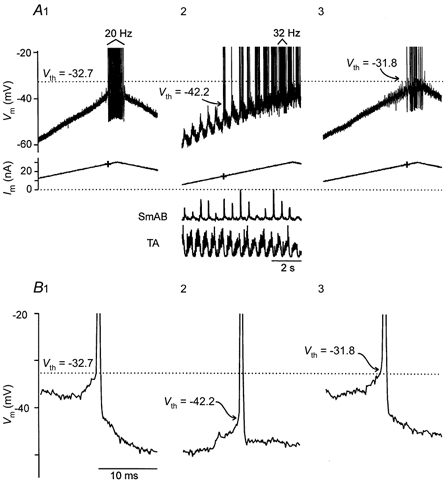Figure 2. The Vth recovers after the cessation of fictive locomotion.

This SmAB motoneurone had a Vth of -32.7 mV prior to locomotion (A1) and -42.2 mV during MLR-evoked fictive locomotion (A2; see ENG activity). As in Fig. 1, the current required to elicit firing was reduced during fictive locomotion (compare + in A1 and 2) and the neurone fired at a higher rate (32 Hz) during fictive locomotion than at the same membrane potential in the control condition (20 Hz). Within 60 s following the cessation of locomotion the Vth had depolarized back to -31.8 mV (A3). The time scale shown in A2 applies to all traces of A1-3. B1-3 shows the first action potential of the corresponding firing shown in A1-3 on expanded scales to better illustrate the Vth value (the point where the Vm dV/dt≤ 10 V s−1). The scale bar in B1 also applies to B2 and 3.
